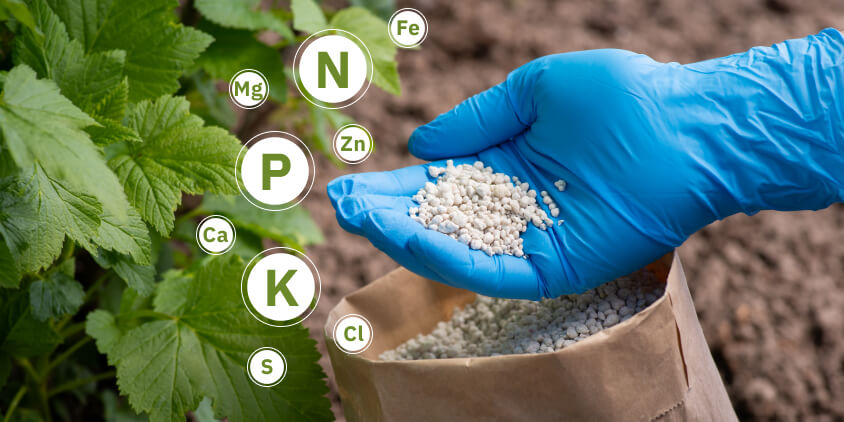
Organic Fertilizer
Plants need nutrients to grow which they absorb from the soil via the plant’s root system. Fertilizers provide the major nutrients (nitrogen, phosphorus and potassium and important secondary elements) that plants need. Unless the nutrients are replenished, the soil’s productive capacity declines with every harvest.




What Are Fertilizers?
Fertilizers are natural or artificial substances containing chemical elements that enhance the growth and productivity of plants. They serve two main purposes:
Improving Soil Fertility: Fertilizers enhance the natural fertility of the soil by providing essential nutrients. These nutrients are either naturally present in the soil or have been depleted due to previous crops.
Replacing Nutrients: When crops absorb nutrients from the soil, these elements are taken up by the plants. Fertilizers help replace the chemical elements that have been removed by previous crops.
Different Types of Fertilizers
Crop residues, animal manures and slurries are the principal organic fertilizers. Although they have varying nutritional values, they are generally present on the farm and the nutrients and the organic carbon they contain are recycled. Animal manures and slurries cover a wide range of nutrient sources with different physical properties and nutrient contents. Furthermore, their nutrient content vary regionally and depend on the type of livestock and the farm management system.
Certain weather and soil conditions can lead to nitrogen immobilisation, denitrification, volatilization or leaching, all reducing fertilizer efficiency. In response, the industry has developed special types of fertilizers designed to reduce these effects. They include foliar, slow and controlled release fertilizers, as well as fertilizer additives such as urease and nitrification inhibitors.
The most common phosphate fertilizers are single superphosphate (SSP), triple superphosphate (TSP), monoammonium phosphate (MAP), di-ammonium phosphate (DSP) and ammonium polyphosphate liquid. Different fertilizer products have different release profiles and need different spreader settings for efficient application.
Calcium (Ca), magnesium (Mg) and sulphur (S) are essential secondary plant nutrients. They are not usually applied as straight fertilizers but in combination with the primary nutrients N, P, and K.
Sulphur is often added to straight N fertilizers such as ammonium nitrate or urea. Other sulphur sources are single superphosphate (SSP), potassium sulphate (SOP) and potassium magnesium sulphate (Kainite), the latter also containing magnesium.
Kieserite is a magnesium sulphate mineral that is mined and also used as fertilizer in agriculture, mainly to correct magnesium deficiencies. Calcium is mainly applied as calcium nitrate, gypsum (calcium sulphate) or lime/dolomite (calcium carbonate), of which calcium nitrate is the only readily plant available source of calcium.
